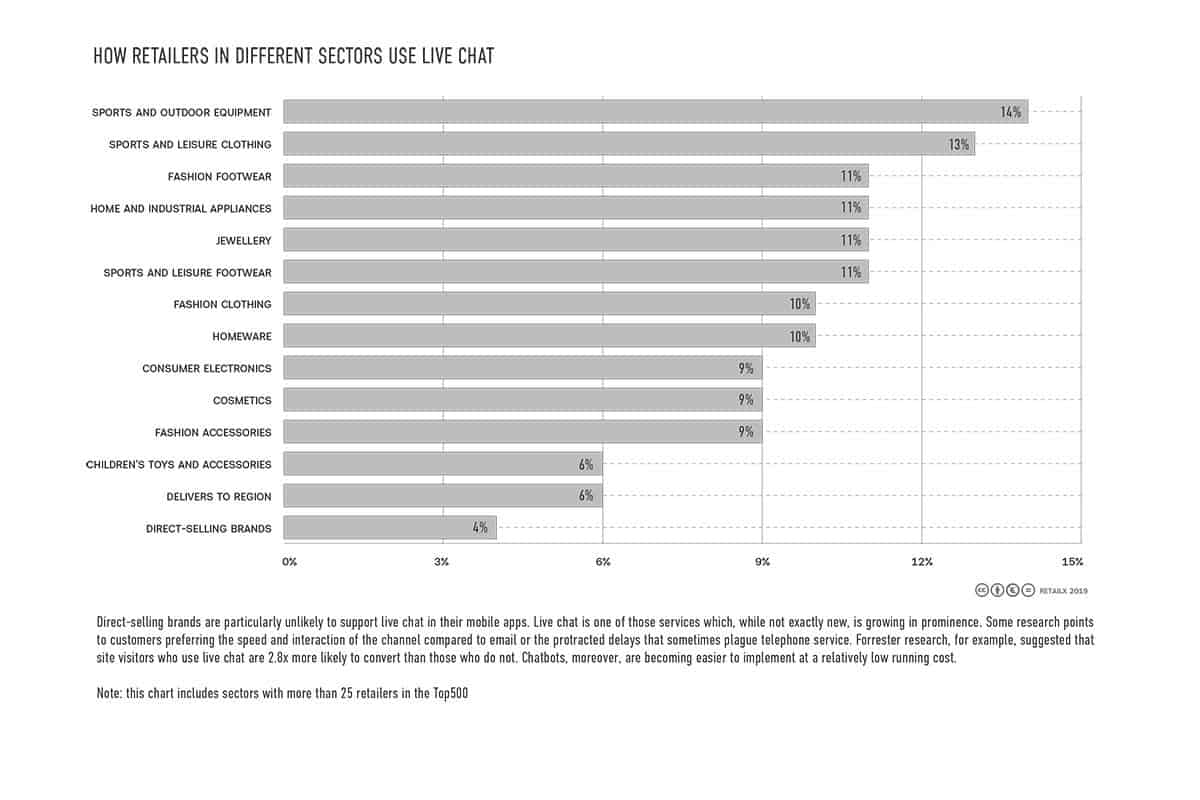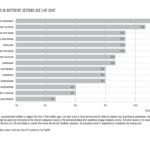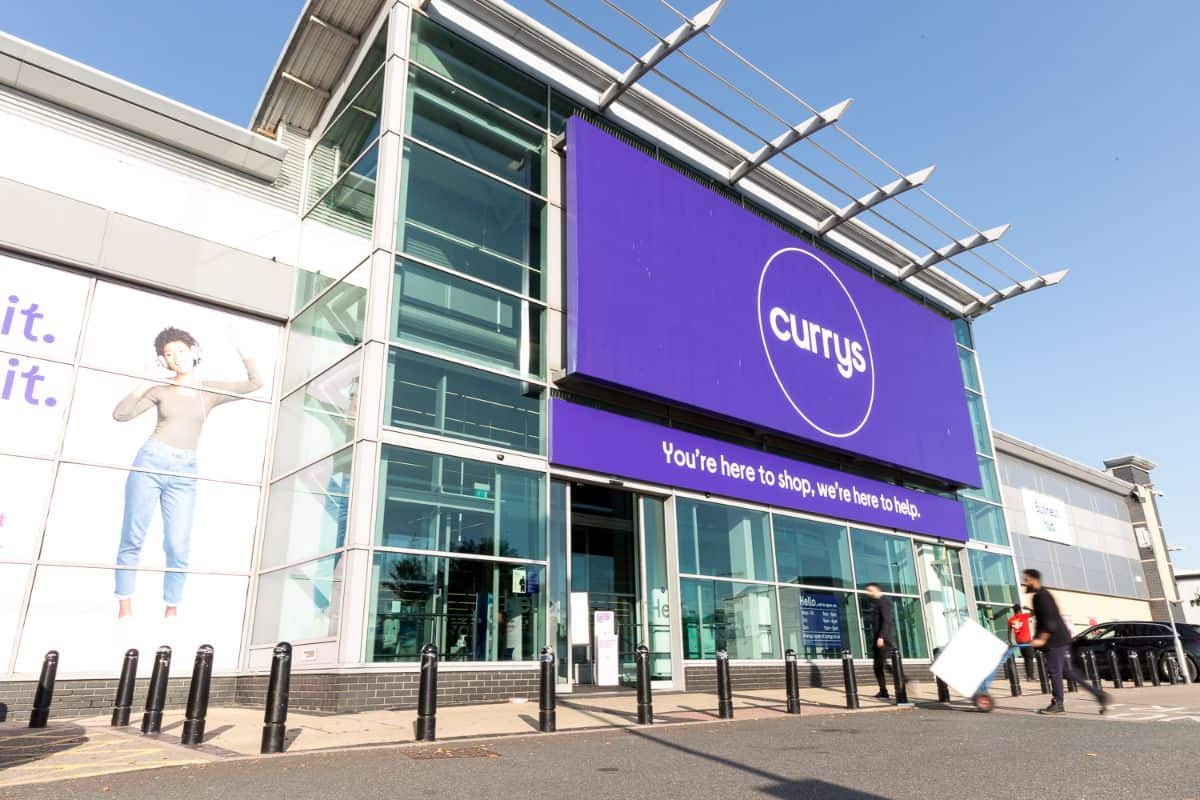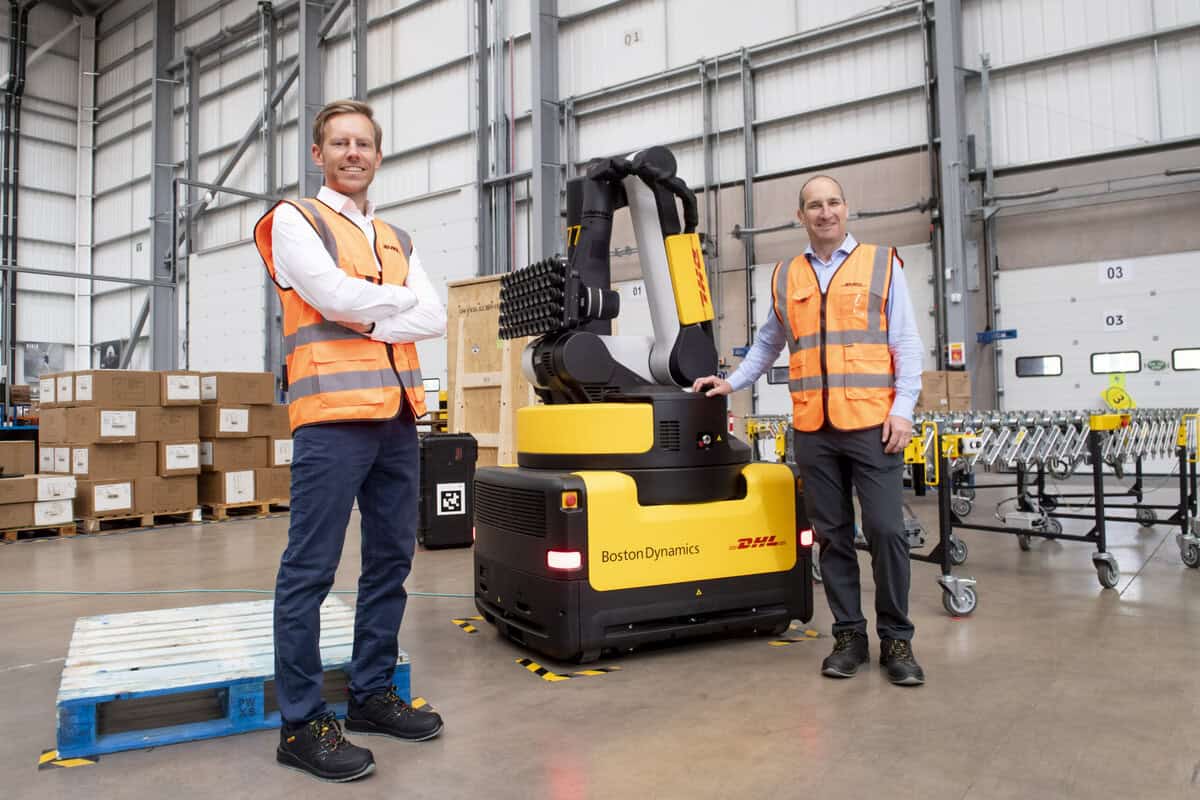Retailers stand out in the Brand Engagement Dimension when they inspire and include customers in conversations, says Martin Shaw, head of research at RetailX.
How do the UK’s leading retailers enable customers to engage with their brand, and what can others learn from that? That’s what we set out to find out in our research for the Brand Engagement Dimension. To do this, we looked to metrics such as how many communication channels Top500 retailers maintain between their customers and their brand. These channels range from email and telephone through to social media platform and blogs. We looked at whether retailers enable their website visitors to share their feedback on a product, either via ratings, reviews, or through social media sharing.
We also took into account retailers’ reach and interaction on Twitter through metrics including how many followers, retweets, and favourites they had, as well as how often they updated their status. We included other metrics that help to show shoppers’ interest in the retail brand, thanks to InternetRetailing KnowledgePartner SimilarWeb.
They included the number of annual website visits and the bounce rate. Finally, we measured whether the site requires visitors to register before they check out. This last metric is significant because when retailers require registration, they can improve their single view of the customer but at the same time, it may deter shoppers from buying. It certainly adds an extra point of friction that can slow down the final transaction.
We believe that these metrics combine to show how available Top500 retailers make themselves to their online audience, whether they’re inspiring them through content, answering their questions or sharing product feedback in a way that others can learn from.
All of this is about enabling shoppers to be fully informed before they buy, which is important because those buying online cannot touch the items they are buying. They need to understand exactly what they’re getting in order to reduce the chances of the items being returned because they are not what the shopper had understood them to be.
Communication channels
We found that retailers are steadily offering more channels for shoppers to use to get in touch. In 2019, Top500 retailers operate an average of 9.5 communication channels and a median of 10.
That’s up from a median of eight in 2018. Those with more channels tend to be selling products that are used by individuals at home. Retailers selling homewares, drinks, fashion footwear, clothing, children’s toys, cosmetics and health products communicate through a median of 11 channels, while, at the other end of the scale, those selling utilities and automotive goods used a median of eight. This minor difference across sectors suggests that retailers of all product types see the value in reaching customers through a broad range of channels.
Most stay in touch with existing and potential customers through a Facebook page (94%) and a Twitter account (88%). On Twitter, Top500 retailers have an average of 219,000 followers. This figure seems to be distorted by larger followings enjoyed by a relatively small number of retailers, since the median Twitter following comes in at just over 30,000.
But while Twitter and Facebook are the most popular ways for retailers to keep in touch with existing and potential customers, they also explore a range of other channels. Four in five (81%) of Top500 retailers have an Instagram profile, while 66% are on YouTube, 55% on Pinterest and 5% on Snapchat.
Sharing opinions
What other people think about a product makes a difference to shoppers as they decide whether to buy. Another shopper may flag up the reasons why a product worked or didn’t work for them, showing why they should steer clear of that product and instead opt for another one. By sharing their insights and opinions, shoppers can save time, and retailers can save the expense of a returned product. Most Top500 retailers show product reviews (57%) and ratings (54%) on product pages. Retailers selling sports and outdoor equipment are the most likely to share product ratings (83%) and reviews (81%). These features are least commonly deployed among those selling ready-made food, where 40% share reviews and 38% ratings.
Fewer enable customers to share their opinions via social media than use product reviews and ratings. Almost a third (30%) of 2019 Top500 retailers enable users to share a product with friends on social media, while 8% enabled them to ‘Like’ a product on social media through a link on the product page. That’s changed since last year when 53% of the retailers included in the Top500 in both 2018 and 2019 enabled sharing via social media, and 18% enabled social media Likes. In 2019, more than half (54%) of retailers show obvious promotions on their website.
How easy do Top500 retailers in 2019 make it for shoppers to buy? Almost half (46%) require registration before purchase.
The average Top500 retailer enjoys 8.1m website visits a year – although the median figure is closer to 2.4m, which demonstrates the disparity between ecommerce giants and the other retailers that feature in the Top500. Software retailers have an average of 66.8m website visits a year, and a median of 26.9m, followed by those selling music, film and TV (41.9m average, 18.2m median). At the other end of the scale, retail websites selling sports footwear see an average of 9.3m visits a year, and a median of 2.8m.
Mobile engagement
We took particular interest in how leading retailers foster customer loyalty via their mobile app – where they have one. We thought this was important as a useful measure of how easily retailers enable their customers to connect with them in a relationship for the longer-term, especially at a time when more retail transactions are now taking place on mobile.
We found that of the 37% of retailers that have an iOS mobile app in 2019, many appear to link their mobile apps more closely to social media, with 34% enabling shoppers to share a product on social channels, and 24% showing social media Likes on product descriptions on the app. Some 38% offer daily deals.
Product reviews (26%) and star ratings (26%) are offered by relatively few Top500 retailers on their apps – giving those that include them alongside product details a potential advantage among an audience that increasingly buys via smartphone.






